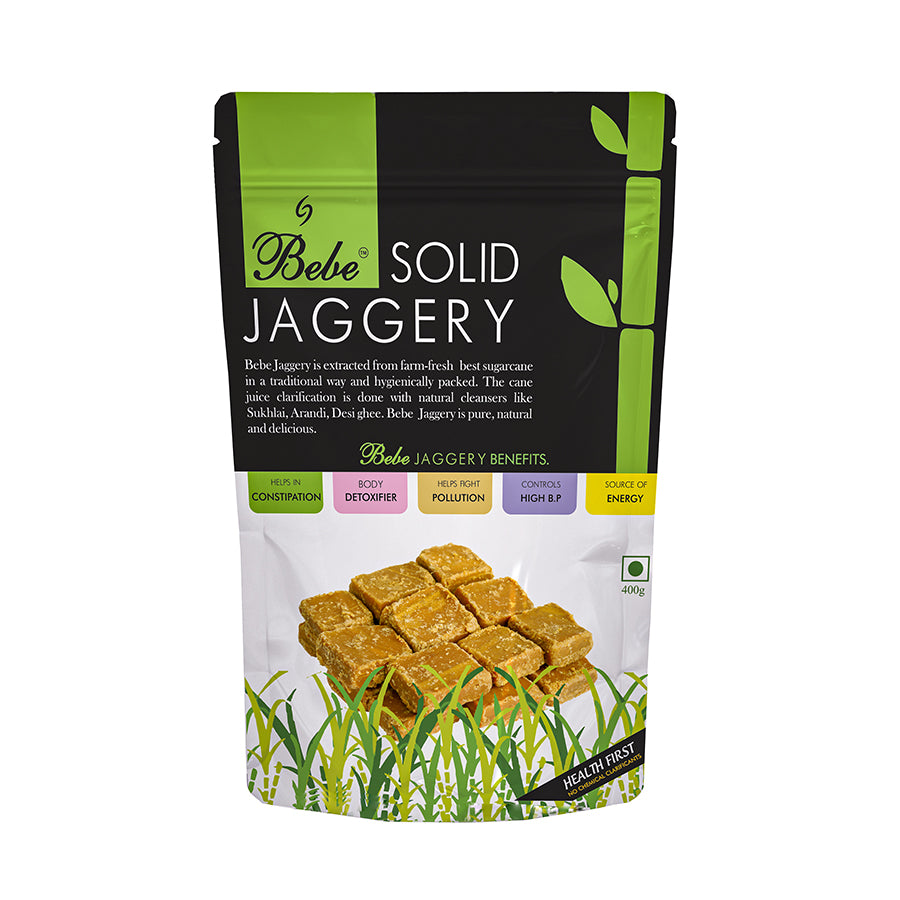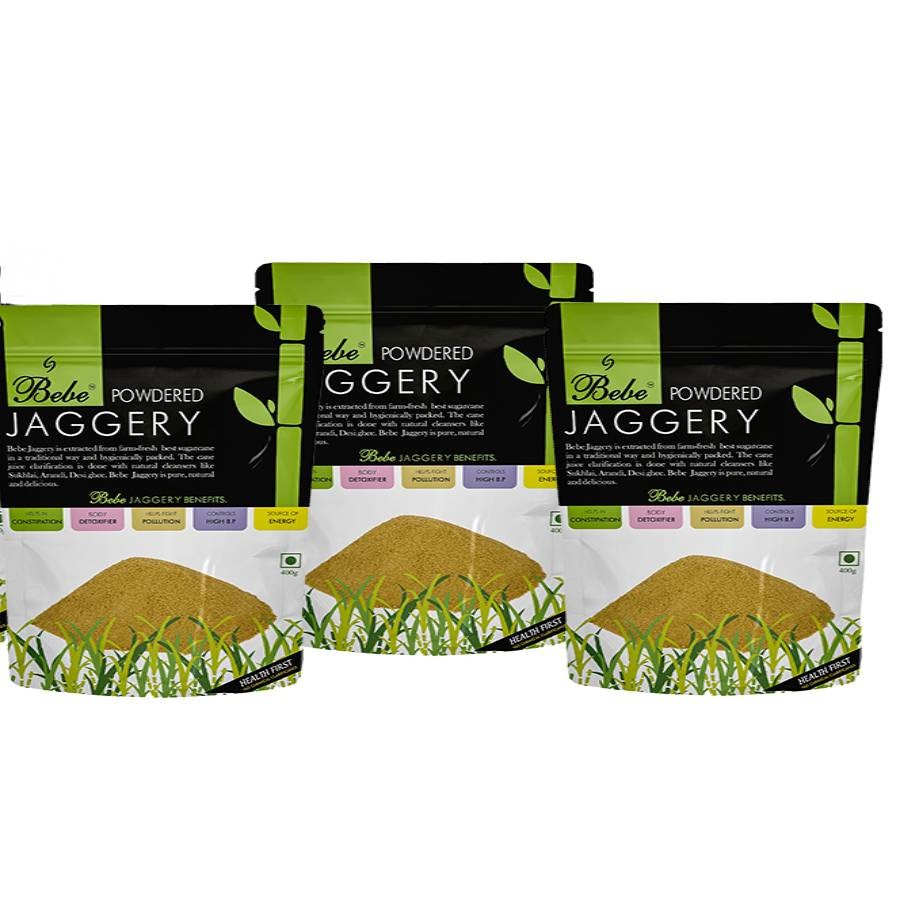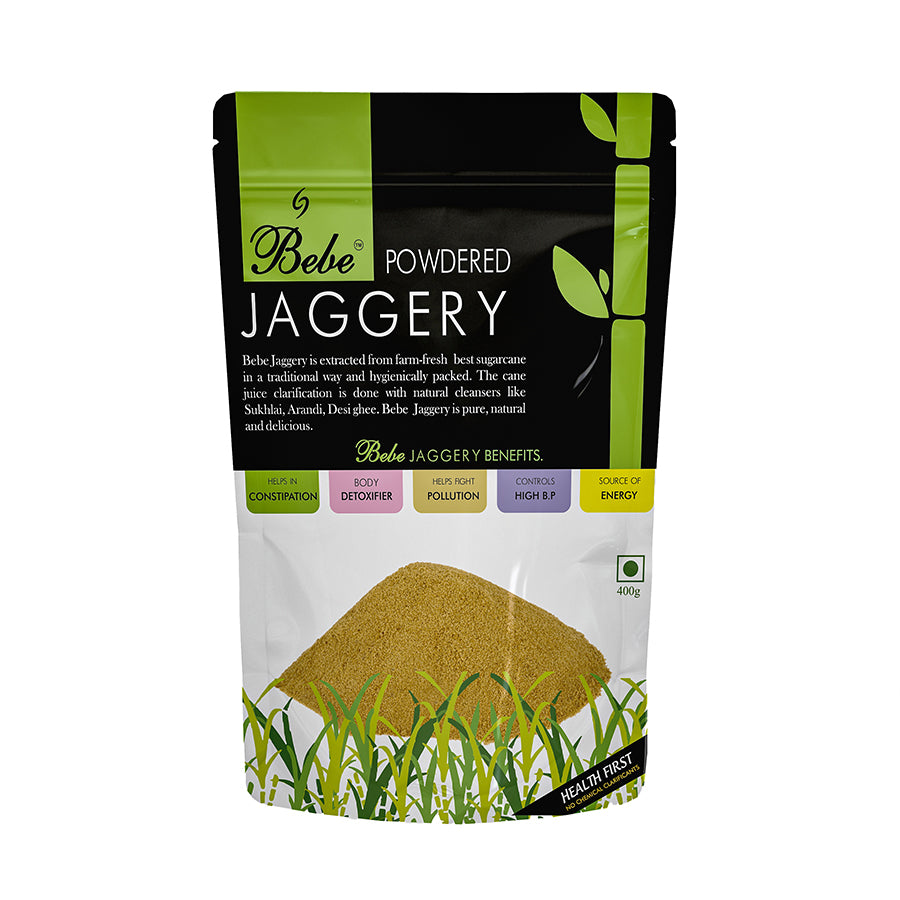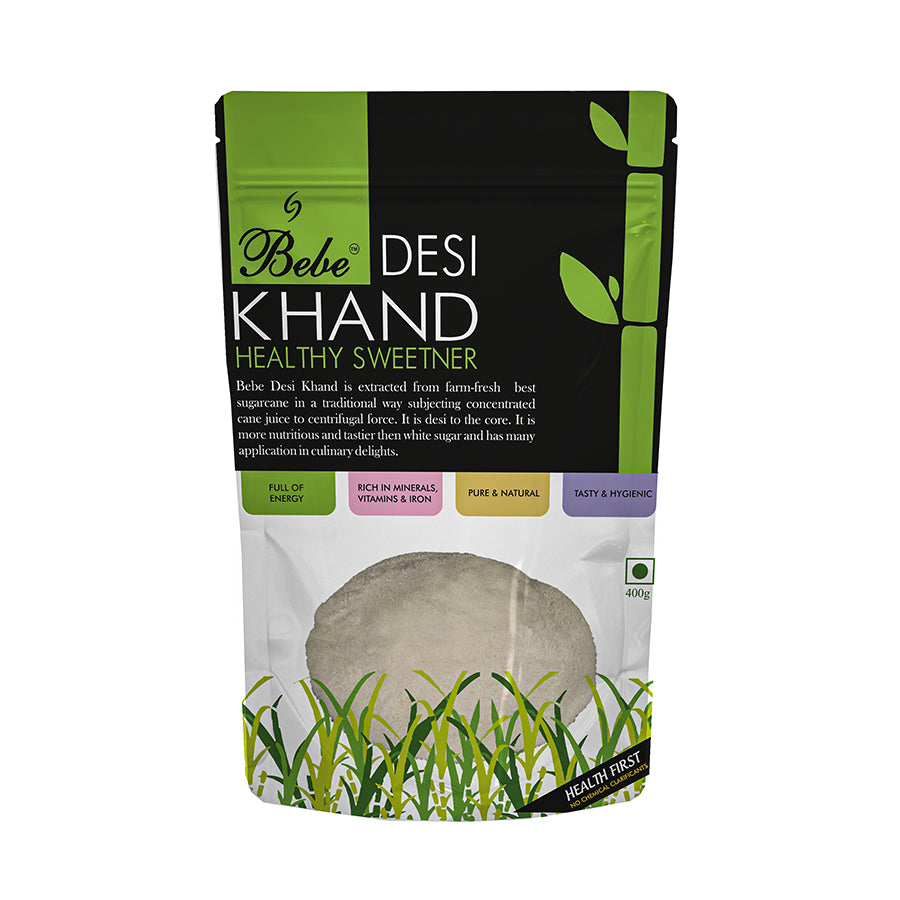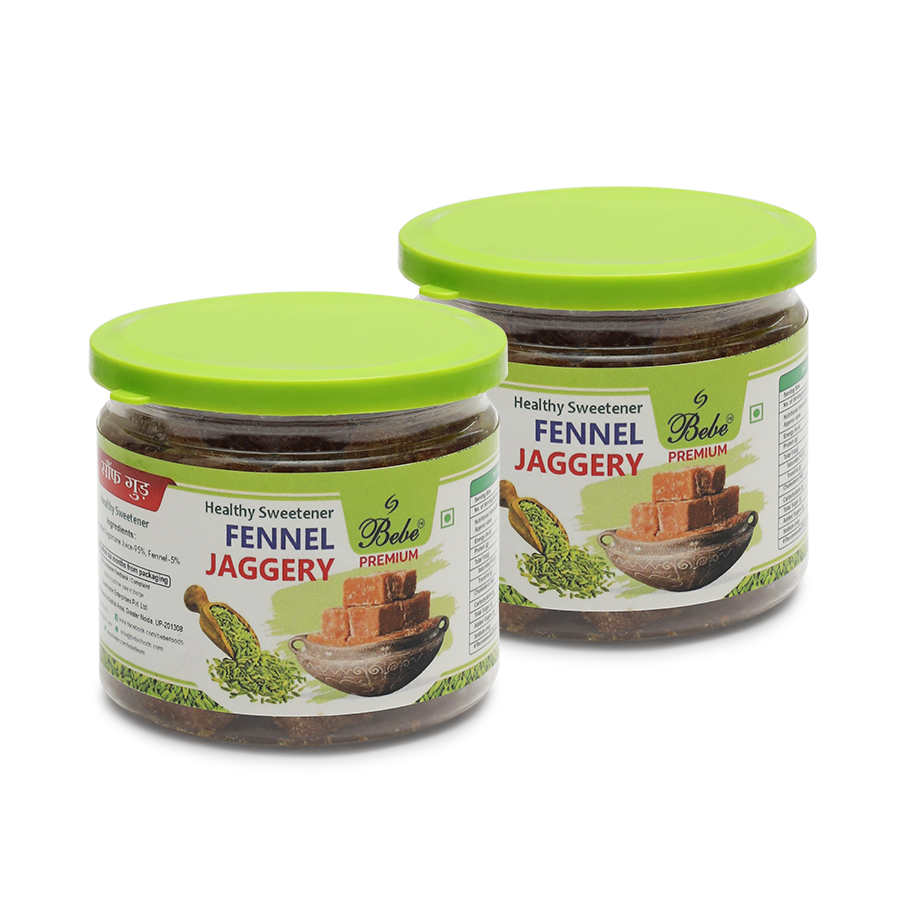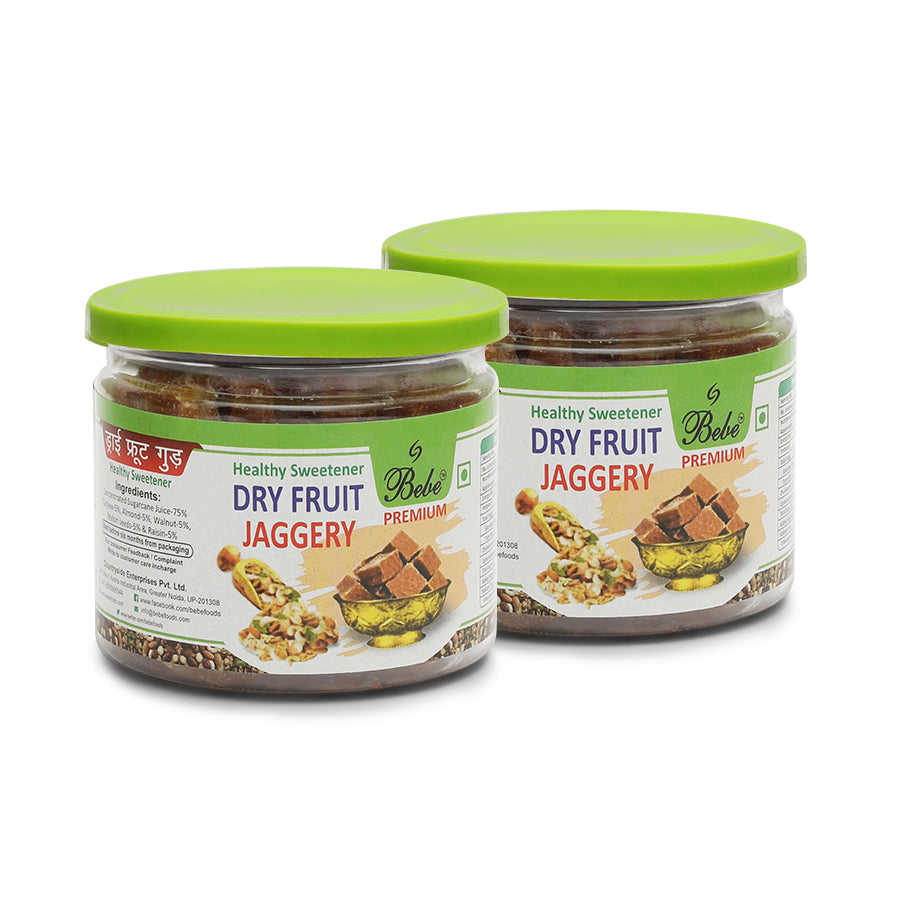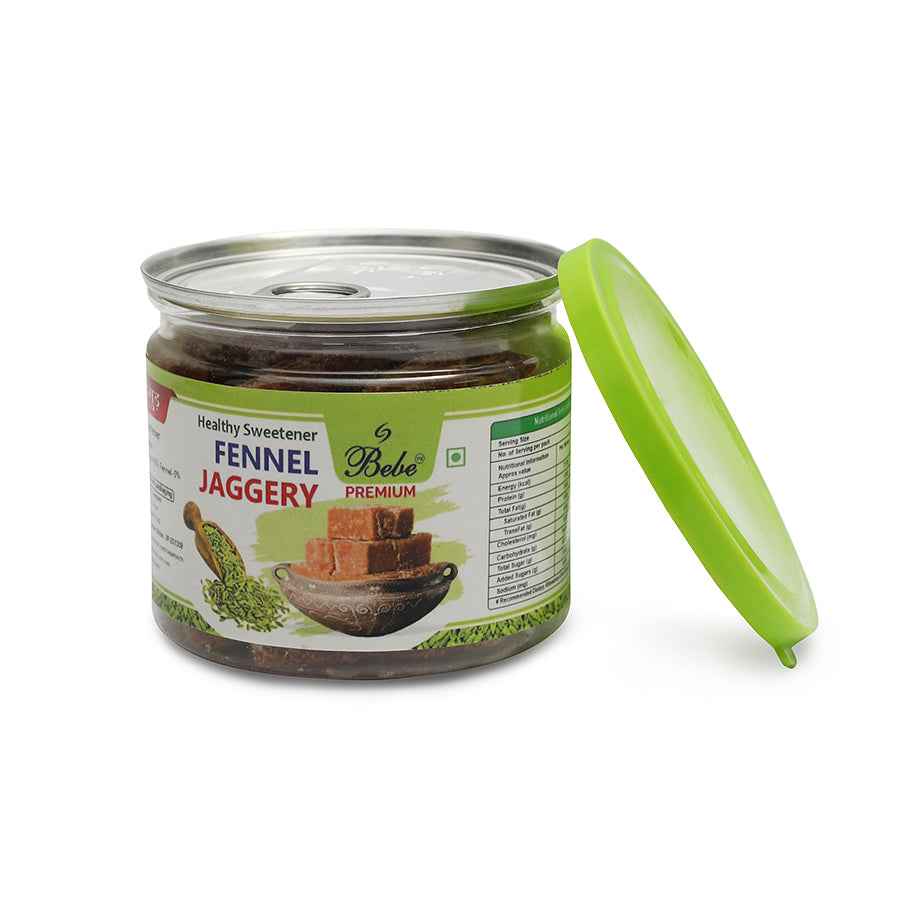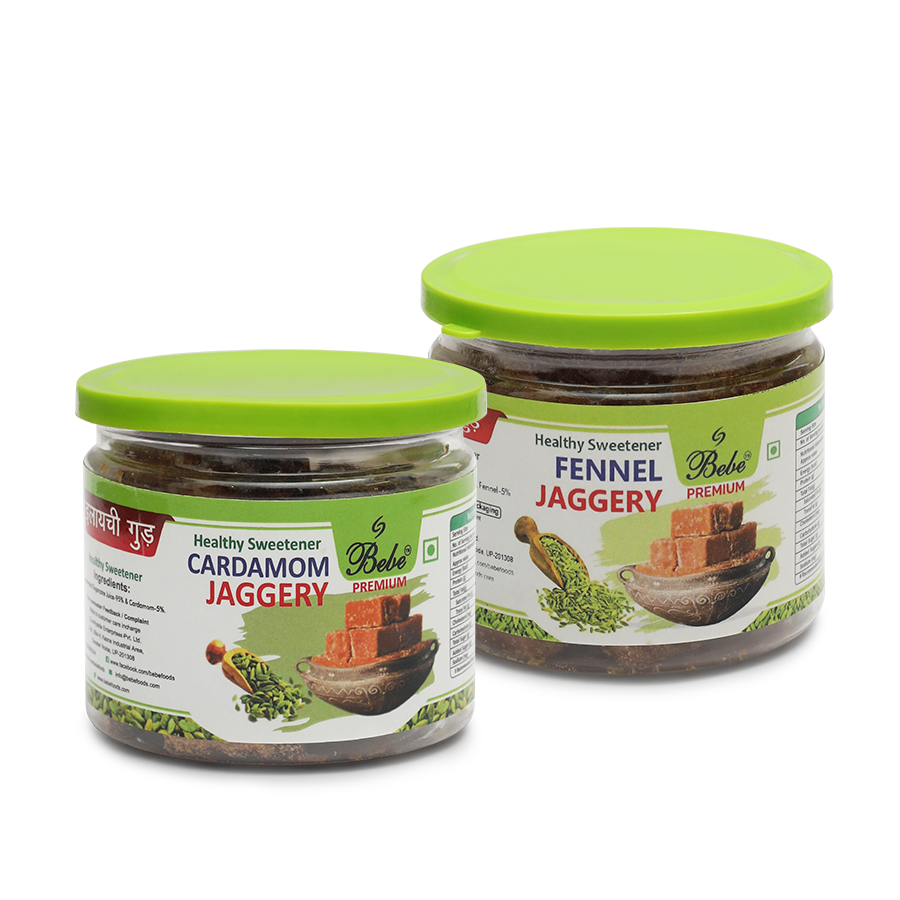
Why Muzaffarnagar is Famous for Jaggery Production: The Sweet Capital of India

Muzaffarnagar, a district in the northern state of Uttar Pradesh, holds a special place in the heart of India's agricultural landscape. Often dubbed the "Sugar Bowl of India," this region is most famous for its jaggery production—a tradition that has been passed down through generations and has earned Muzaffarnagar its reputation as the jaggery capital of India. But what exactly makes this place so renowned for its jaggery? Let's explore the factors that contribute to Muzaffarnagar's sweet legacy.
The Perfect Climate and Soil
One of the primary reasons Muzaffarnagar is so well-suited for jaggery production is its ideal agricultural conditions. The region's climate, characterized by hot summers and moderate rainfall, provides the perfect environment for sugarcane cultivation. The fertile alluvial soil of the Gangetic plains, rich in nutrients, ensures healthy sugarcane crops with high sucrose content, which is crucial for producing high-quality jaggery.
Abundant Sugarcane Production
Muzaffarnagar is one of the leading sugarcane-producing regions in India. The vast expanses of sugarcane fields that stretch across the district are a testament to its agricultural prowess. This abundance of raw material is the backbone of the local jaggery industry. The easy availability of fresh, high-quality sugarcane allows jaggery manufacturers to produce large quantities of jaggery while maintaining the highest standards of quality.
Traditional Expertise and Skilled Labor
The art of jaggery making in Muzaffarnagar is steeped in tradition. Many of the jaggery manufacturers in the region are small, family-run businesses that have been perfecting their craft for generations. This wealth of experience and expertise has been passed down through the ages, resulting in a deep understanding of the jaggery-making process. The skilled labor force in Muzaffarnagar, trained in these traditional methods, plays a crucial role in ensuring that each batch of jaggery meets the exacting standards for which the region is known.
The Unique Process of Jaggery Making
In Muzaffarnagar, jaggery production is both an art and a science. The process begins with the careful selection and harvesting of sugarcane, which is then crushed to extract its juice. This juice is boiled in large, open pans over wood-fired furnaces, a method that has remained largely unchanged for centuries. The boiling process is critical, as it allows the juice to thicken and caramelize, resulting in the characteristic golden color and rich flavor of Muzaffarnagar jaggery.
What sets Muzaffarnagar's jaggery apart is the meticulous attention to detail during the boiling process. The juice is continuously stirred to ensure even cooking and to prevent burning, while impurities are skimmed off the top, leaving behind a pure, concentrated syrup. Once the syrup reaches the desired consistency, it is poured into molds and allowed to cool and solidify into blocks of jaggery.
Variety and Quality
Muzaffarnagar is known for producing a wide variety of jaggery, each with its own unique flavor and texture. From traditional solid blocks of jaggery to powdered and liquid forms, the diversity of jaggery produced in this region caters to different tastes and preferences. The quality of jaggery from Muzaffarnagar is unmatched, with a rich, caramel-like sweetness that is free from additives and chemicals, making it a healthier alternative to refined sugar.
Economic Significance
The jaggery industry is a major contributor to the local economy of Muzaffarnagar. It provides employment to thousands of people, from farmers who grow the sugarcane to laborers involved in the production and distribution of jaggery. The district's jaggery is not only consumed domestically but is also exported to various parts of India and even abroad, further boosting the region's economy.
Cultural and Festive Importance
In Muzaffarnagar, jaggery is more than just a sweetener; it is an integral part of the local culture and traditions. It is used in various sweets and dishes, particularly during festivals and celebrations. The production of jaggery often increases during the winter months, coinciding with the harvest season and festivals like Makar Sankranti, where jaggery-based sweets like "tilgul" and "gur ke laddoo" are prepared and shared among families.
Sustainable and Eco-Friendly Practices
Another reason for Muzaffarnagar's prominence in jaggery production is the sustainable and eco-friendly practices employed by local manufacturers. The production process is largely natural, relying on traditional methods that minimize environmental impact. For example, the bagasse (fibrous residue left after sugarcane crushing) is often used as fuel for the furnaces, reducing waste and reliance on external energy sources.
Conclusion
Muzaffarnagar’s fame as a jaggery production hub is well-deserved, rooted in its perfect agricultural conditions, traditional expertise, and commitment to quality. The district’s jaggery is more than just a product; it is a symbol of the region’s rich heritage, culture, and sustainable practices. Whether you are savoring a piece of this golden delight or using it to sweeten your dishes, you are tasting the essence of Muzaffarnagar’s land, labor, and love. As jaggery continues to be celebrated for its health benefits and natural sweetness, Muzaffarnagar remains at the heart of this sweet tradition, a beacon of India’s enduring agricultural legacy.







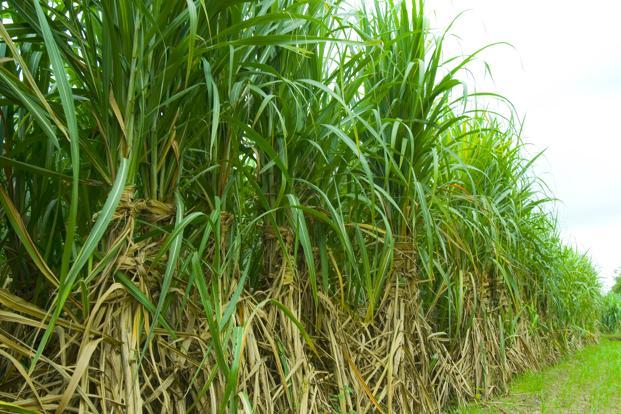
![Bebe Jaggery Sachets 600g, [150g x 4 packs]](http://bebefoods.com/cdn/shop/files/1.jpg?v=1717235899)
![Bebe Jaggery Sachets 600g, [150g x 4 packs]](http://bebefoods.com/cdn/shop/files/2.jpg?v=1717235899)
![Bebe khand Sachets 600g [150g x 4 packs]](http://bebefoods.com/cdn/shop/files/2_65987286-ab77-44db-9cae-69ac50e920a4.png?v=1750527284)
![Bebe khand Sachets 600g [150g x 4 packs]](http://bebefoods.com/cdn/shop/files/4_295f1632-1a69-4fcb-aa69-1172c2928b52.png?v=1750527252)

